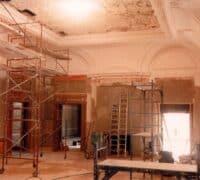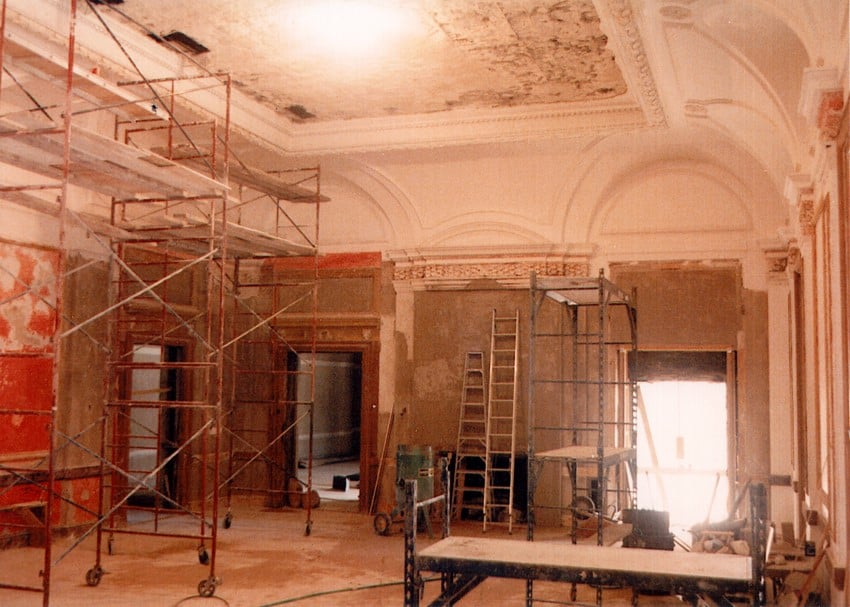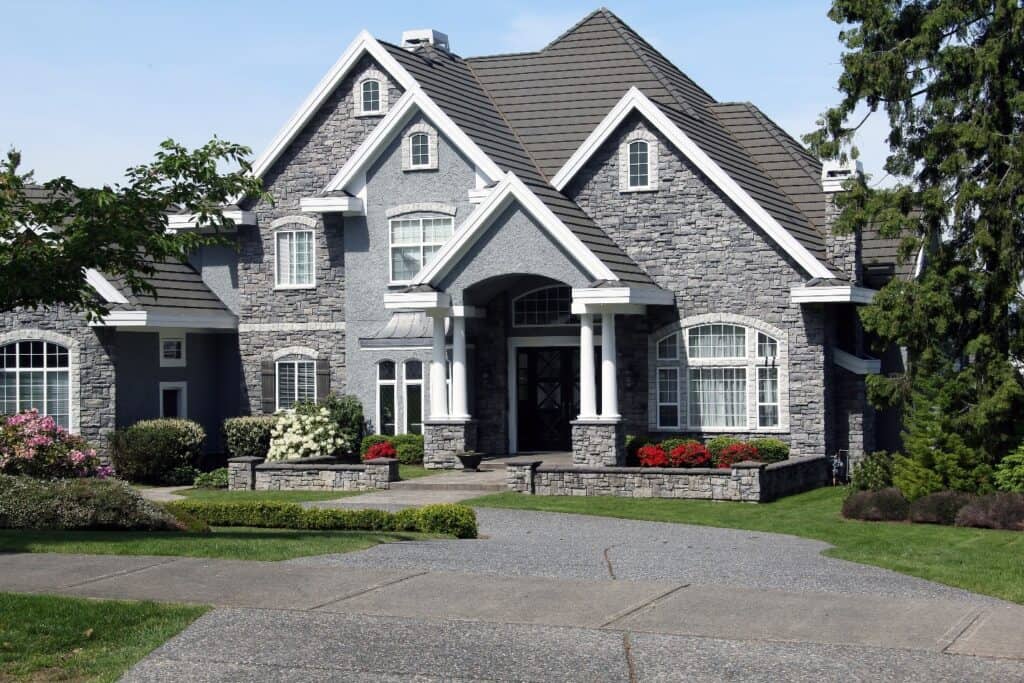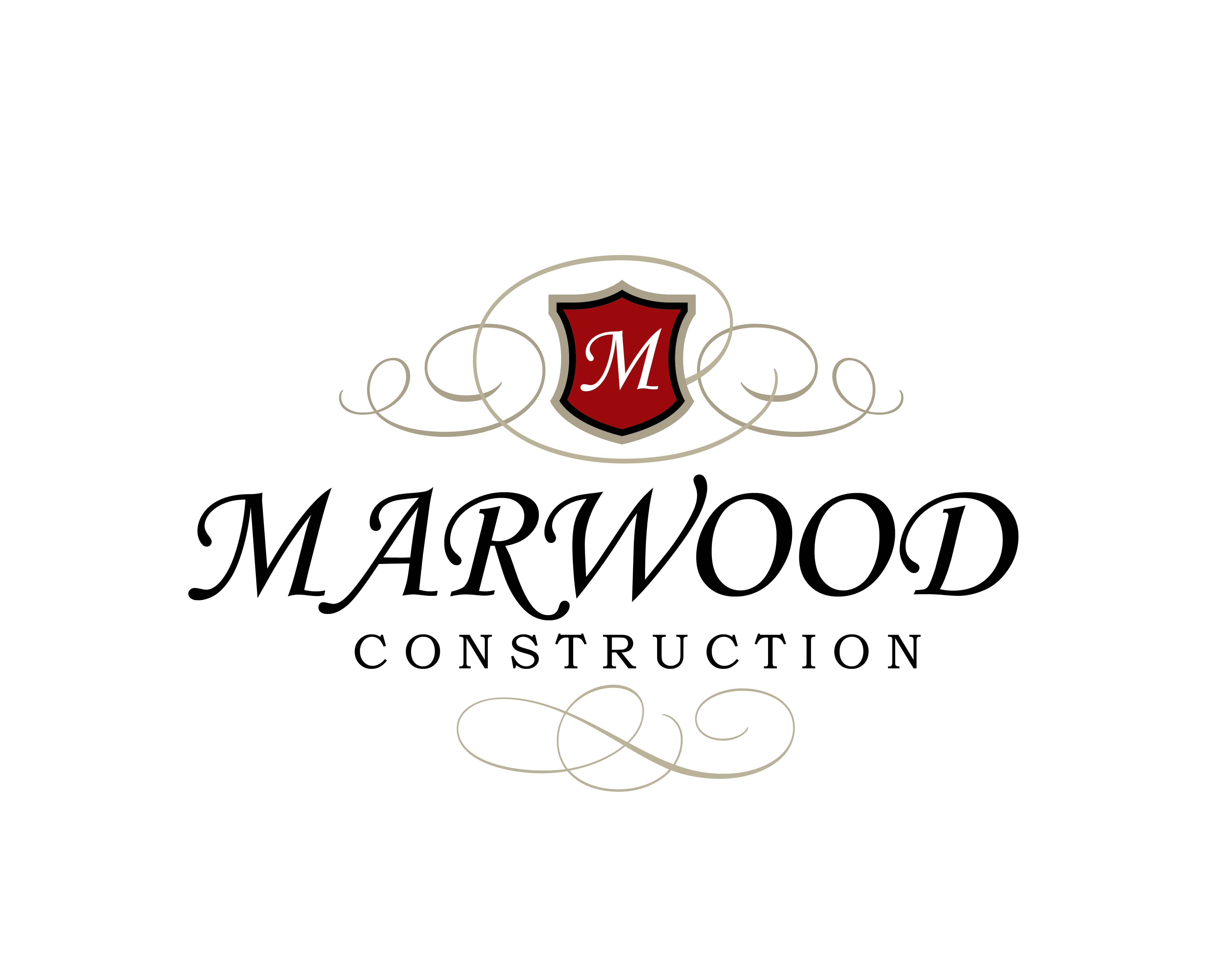
If you have been living in your Houston home for many years and are considering your future residence options then you will likely assess if you should renovate or build a new home.
Evaluating the decision to house renovate or build a new is a very common buyer assessment challenge when you live in metro Houston.
A large number of affluent home buyers face this common dilemma when evaluating buying homes in a high end neighborhood.
These challenges are commonly the result of land values rapidly increasing during a period of little available home building site inventory.
With few home building sites available, home buyers and builders alike must compete for the same future construction sites.
This makes the decision to renovate or build new a much more common dilemma then one may think.
Rising Land Values
It is common in Houston for land prices to steadily rise even when an existing house is in a diminished state.
As homes age they also will rise in value at a market rate relative to supply and demand for homes in a geographic area, city and neighborhood.
There are a number of factors that cause houses to slow or stop in accumulating value over time.
These are things like the house’s foundation failing, MEP systems requiring replacement, severe damage by fire or the style falling into obsolescence.
When this happens, the economic reality becomes that the land has a greater value than the house that resides upon it. These are known as tear down homes.
In these cases, prospectus buyers will purchase the property as a tear down for the building site for a new home.
In times of high rising home demand, coupled with the shortage of building lot supply and new higher home market values, creates market price pressure on older homes land values.
The property owners of the tear down houses are motivated to sell by the higher prices and the desire to eliminate the higher property taxes that come with higher values in Houston.
These higher value land prices cause new home prices to also continue to rise, which maintains upward pressure on building lot values in exclusive neighborhoods where there is a limited supply.
We will now explore some of the additional relevant factors that have an important impact on the difficulty of making a conclusive decision.
Learn about the factors to evaluate to renovate or build new when considering housing needs in Houston
High Demand Neighborhoods
The genesis of the renovate or build new dilemma starts with high demand neighborhood properties in metro Houston.
High demand neighborhoods are the ignition point for rising property prices for other parts of the city.
These neighborhoods commonly are centrally located in the metro areas. They have larger lots and unique neighborhood features such as beautiful older trees, high levels of area security and the best restaurants closely located.
These are the most desired neighborhoods and areas to live in a city. They are architecturally controlled by deed restrictions due to Houston, Texas being one of the few major cities in the US that does not have zoning laws.
Instead the area allows the neighborhood’s to create architectural restrictions as part of the deed restrictions and allows smaller municipalities that have been incorporated into the City of Houston to hold jurisdiction over building permits and inspections.
It is the deed restrictions that inherently develops governance over the neighborhood community’s ordinance enforcement.
Homes Structural Condition
Determining if the existing home has good bones can be not only a very relevant question, but can become the decisive factor for determining to renovate or build new.
If the home’s foundation has been compromised or the structure is suffering from material fatigue, it is likely the home is not a good candidate to renovate. It would make financial sense to tear the structure down and build new.
If the structure is sound, minor structural fatigue can be addressed when the home is taken back to the studs. The buyer should anticipate the need for replacement of the mechanical, electrical and some critical plumbing infrastructure.
Close consideration should be given to how the existing floor plan lends itself to modification our home additions to meet the buyers lifestyle needs.
The roof line can be expected to be modified during the expansion of the homes envelope to accommodate room additions.
If the homes total square footage is sufficient to meet the buyer’s needs. but the floor plan will not, the homes floor plan can be repurposed through design.
The bottom line for renovating the existing structure has do with the structural integrity and your end game needs for a finished home.
Financing Options
Financing considerations should be entertained early in the feasibility phase during the evaluation of deciding to renovate or build new.
Many lenders have different underwriting standards for construction financing options. It is a short list of lenders that do construction financing on new homes and even a shorter list of lenders that will undertake a major renovation without 30% equity.
One of the common hurdles that buyers face with properties that have high land values and little to no improvement value are low 3rd party appraisal values.
Lender appraisers have a tendency to error on the lower end of properties in less than optimum condition.
Appraising the finished after repair value of properties can be very subjective. It is in your interest to use a detailed proposal and description of materials that the builder provides you as the primary source of appraising the future property.
Once it is clear to the underwriting team of the finishes and estimated construction cost, they will develop the appropriate comps to support your value.
But if the appraisal value comes up short this can lead to the owner being required to come out of pocket for more cash than originally estimated.
Preexisting Uncovered Conditions
One of the critical factors that owners fear of engaging during a major renovation is the discovery of the unknown when the floors and walls are opened.
Even in some cases where the plans to renovate include replacement of many of the high-risk failure components like water supply lines and HVAC equipment. the risk of such things as mold, termite damage and dry rot can still exist despite proactive testing methods.
The need to conduct a complete renovation increases substantially when the home approaches age of 40 – 50 years. The odds increase exponentially that you will likely discover uncovered conditions that will add to the cost.
There are a number of reasons for substantially improving the homes infrastructure. Some are associated with avoidance of hidden destructive risk as previously mentioned, while other justification surrounds the idea of creating sustainable long-term improvements.
There is little sense in making a major investment to a home’s refinishes to have them damaged years later by failing plumbing, mold from water infiltration or an electrical fire.
Stripping the houses walls back to the studs also allows the buyer to address any isolated structural deterioration ensuring the structures integrity for years as well as increasing the energy efficiency of a structure to todays standards.
This also provides an opportunity to bring the structure and homes envelope up to current building code wind loads, waterproofing and energy codes.
By increasing the homes energy efficiency, the owner will not only reduce monthly energy cost, but will also reduce the risk of future damage caused through moisture or element infiltration.
New Home Construction Value
The remaining critical component of the renovate or build new assessment is the gathering of new home prices.
Buyers should be cautious when comparing prices per square foot without a close comparison of the associated materials and specifications of the homes finishes.
Not all luxury homes are created equal. Without a detailed comparison, a buyer can easily make a huge price assumption mistake that leads to a gross miscalculation of an estimated new home construction price.
It is worth noting that the houses that are would for comparison will likely be older homes and not reflect new construction prices.
You must find examples of new construction representing a near comparison of the new home you wish to build and make a researched guess as to the land value portion of the market price.
Some simple math can lead you to a good idea of the construction cost by reducing the market price by the estimated land price.
Build or Renovate Assessment Analysis
There are many advantages and disadvantages to either renovating vintage homes or building a new home on a premium lot. In summary they are-
Renovate Existing Home
| Advantages | Disadvantages |
| Total Cost Less Then New Home | Likelihood of Budget Surprise Overruns |
| Greater Upside Capital Gains | Fewer Design Options |
| Shorter Project Time Duration | More Challenging Than New Construction |
New Home Construction
| Advantages | Disadvantages |
| More Design Options | Greater Construction Cost |
| Easier to Finance | Longer Project Time Duration |
| More Budget Control | Loss of Architectural Charm |












